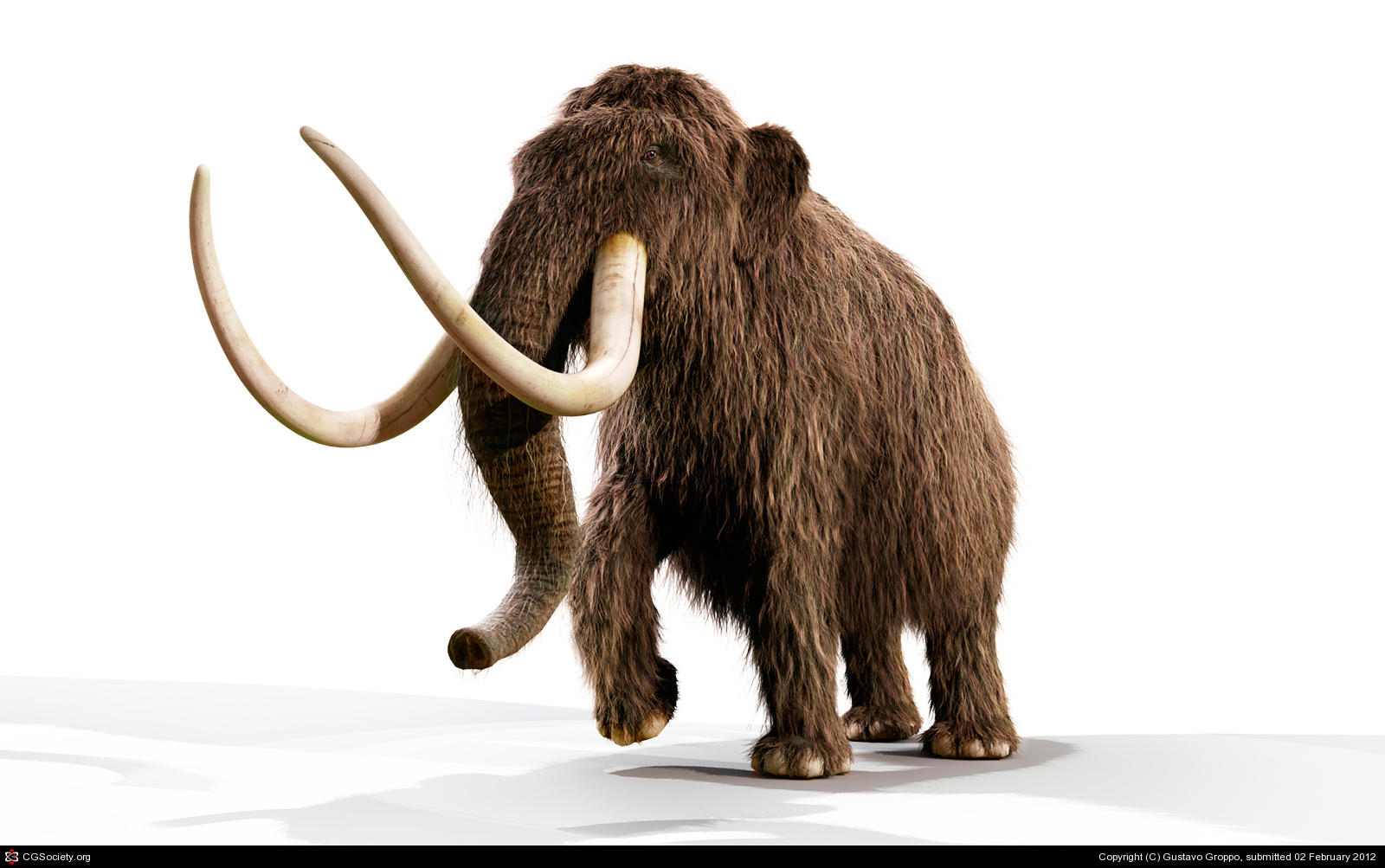
Mammoths lived during the Ice Ages of the
Pleistocene epoch. The oldest recovered
mammothfossils, found in Africa, are four million
years old. Mammoths migrated from Africa, and
several species of varying sizes and appearances
evolved on other continents. Some mammoths
crossed the Bering land bridge. Most mammoths
favored tundra habitats formed when Ice Age glaciers
covered parts of the northern hemisphere.
Anatomy
Most mammoths were large mammals, standing
3.5 to 4.3 meters (12 to 14 feet) tall when measured
from the ground to the top of their shoulders.
They weighed an average of seven metric tons
(eight tons). Other mammoths were dwarves that
only stood 1.8 meters (6 feet) tall. These small
mammoths lived on islands, including Siberia's
Wrangel Island and California's Channel Islands.
Woolly mammoths grew long, thick brown fur
over a short undercoat, which protected them in
cold climates. Fat layers, which were 7.5 centimeters
(3 inches) thick, underneath their skin and
in their shoulder hump and prominent brow, insulated
their bodies. Each mammoth had two
ivory tusks, which extended fromtheir upper jaw.
Mammoths' tusks were as long as five meters (sixteen
feet) and curved toward and crossed over
their trunk. During their lifespan, they had a total
of twenty-four molars, which they shed. Because
of their cold habitat, mammoths' ears were small,
to retain heat.
Life Cycle
Mammoths roamed in herds, sometimes covering
great distances in their search for vegetation, such
as sedge and Arctic sagebrush, to eat. They spent
an average of twenty hours a day finding and eating
food. Chewing plants smoothed their teeth.
When frozen land inhibited plant growth, the
mammoths' stored fat provided essential nutrients
and vitamins necessary to live.
Mammoths acted protectively toward immature,
elderly, and infirm herd members. Males often
fought over females during breeding seasons.
Gestation lasted twenty-two months. Females usually
produced one calf. Mammoths were unique
because their mammary glands were near their
front legs, unlike other mammals. Young mammoths
remained with their mothers for several
years, gradually becoming independent. Mammoths
reached maturity by the age of twelve years.
Because of their size, adult mammoths had few
predators. They moved slowly, which made them
more vulnerable. The saber-tooth tiger killedmammoths
for their flesh, and prehistoric humans
hunted mammoths for their meat, hides, bones,
and tusks. Human hunters devised strategies to
capture mammoths in traps that confined their
legs. Prehistoric people used mammoth tusks and
bones to build shelters. Many mammoths died
when they fell into naturally occurring sinkholes
or were mired by quicksand and tarpits. Sometimes,
male mammoths' tusks became entangled
while fighting, and they starved to death.
Although mammoths were abundant during
the Ice Ages, they became extinct in the period between
13,000 and 2000 b.c.e. Paleontologists estimate
that the last mammoths died circa 1800 b.c.e.
Researchers hypothesize that mammoths' extinction
occurred because they were unable to adapt
to the altered environment, specifically the
warmer climate and different edible plants that
existed after the final Ice Age, or that humans
hunted them into extinction. Evidence exists for
both theories. Mammoths migrated north as glaciers
began to recede. When the final Ice Age glaciers
disappeared about 9500 b.c.e., many placental
mammals became extinct. Fossils suggest that
some mammoths survived on an isolated Siberian
Arctic island until 1500 b.c.e.
Recovering Specimens
Humans have found mammoth fossils on land
and in bodies of water, such as the North Sea,
which used to be dry land where mammoths
roamed. The Siberian permafrost has preserved
carcasses that have not decomposed or become
too dry for examination. A baby mammoth that
scientists called Dima was located in 1977 and had
intact red blood cells. Many mammoth fossils
have been located during the digging of the
Eastside Reservoir, near Los Angeles, California,
including a female found in April, 1999, which is
considered to be the best preserved mammoth
specimen.
In 2000, paleontologists recovered
what they believed to be the first completely
frozen mammoth on Siberia's
Taimyr Peninsula. Named the Jarkov
mammoth, it was airlifted to a cold
cave research facility, encased in a
block of permafrost that included
plants, insects, and pathogens, which
scientists hoped would provide insights
to mammoths' environments.
They planned to test a hypothesis that
mammoths became extinct due to an
epidemic. Initially, scientists hoped to
secure enough DNA to clone the
mammoth, but it turned out that radar
readings had incorrectly shown
more of the carcass remaining than
actually existed.
Mammoth Facts
Classification:
Kingdom: Animalia
Subkingdom: Metazoa
Phylum: Vertebrata
Class: Mammalia
Subclass: Eutheria
Order: Proboscidea
Suborder: Elephantoidea (elephant-like)
Family: Elephantidae
Genus and species: Mammathus africanavus (North African), M.
columbi (Columbian), M. exilis (dwarf), M. imperator (North
American), M. jeffersonii (southern North America), M.
meridionalis (European), M. primigenius (wooly), M. subplanifrons
(southeast Africa), M. trogontherii (steppe mammoth)
Geographical location: Africa, Northern Europe, North America,
Eurasia, Siberia
Habitat: Tundra, grasslands
Gestational period: Twenty-two months
Life span: Sixty years
Special anatomy: Curved tusks, fatty hump, protruding brow
Other popular Animals
Photo Gallery of - Mammoth


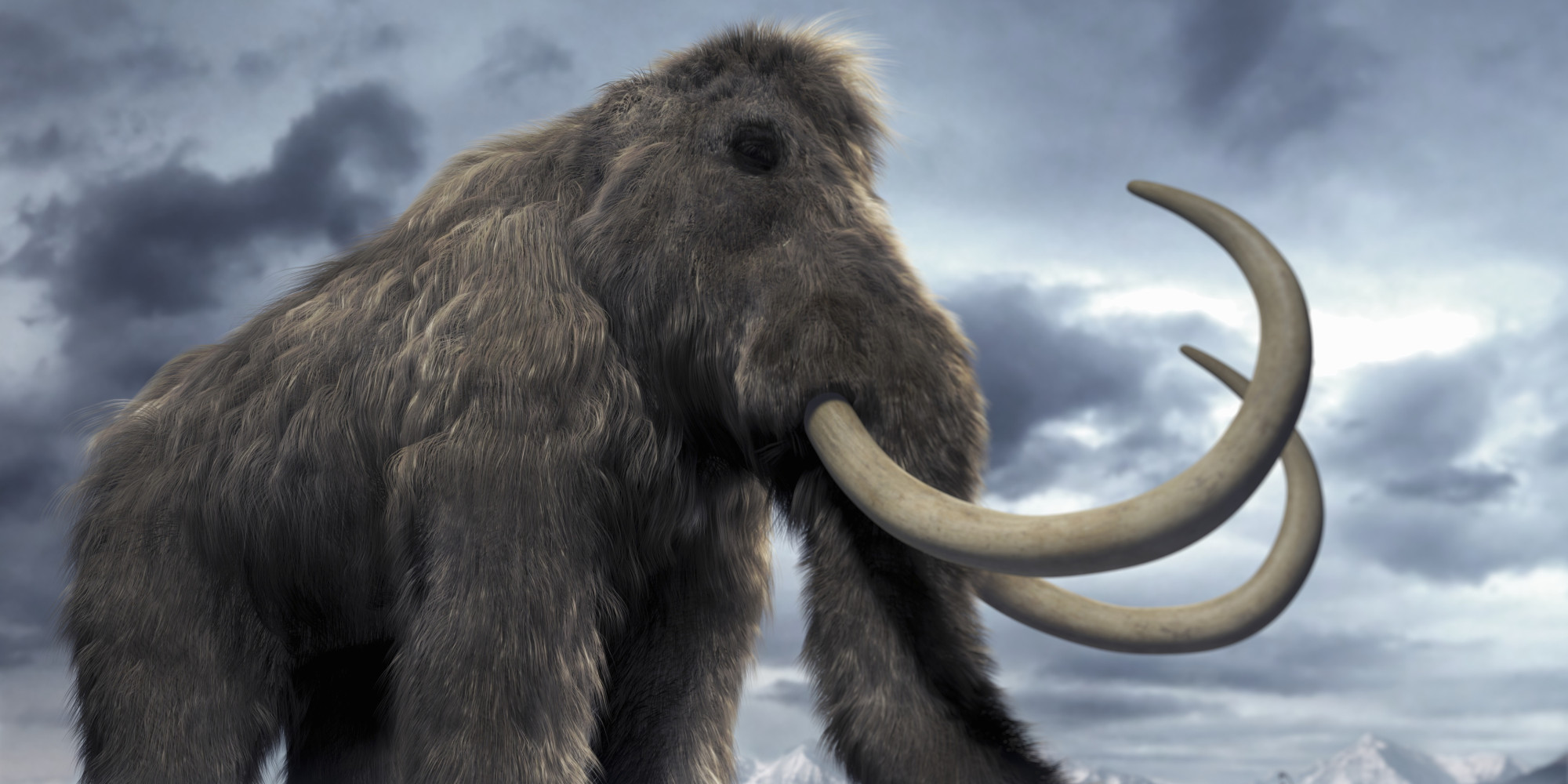

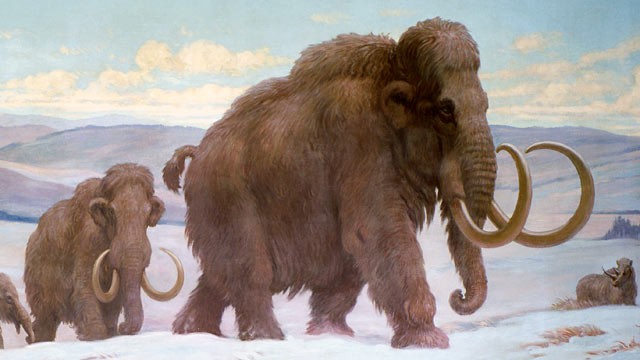
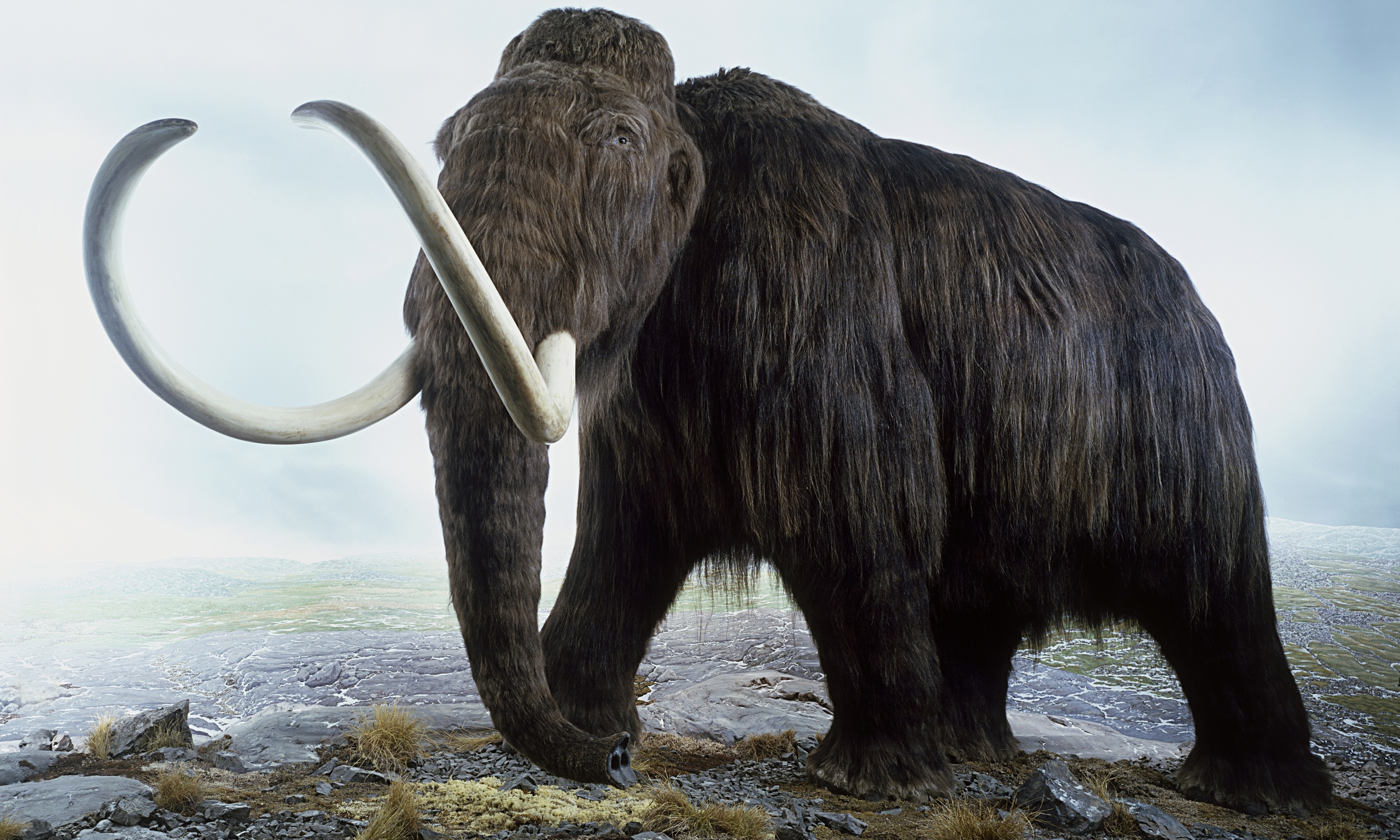

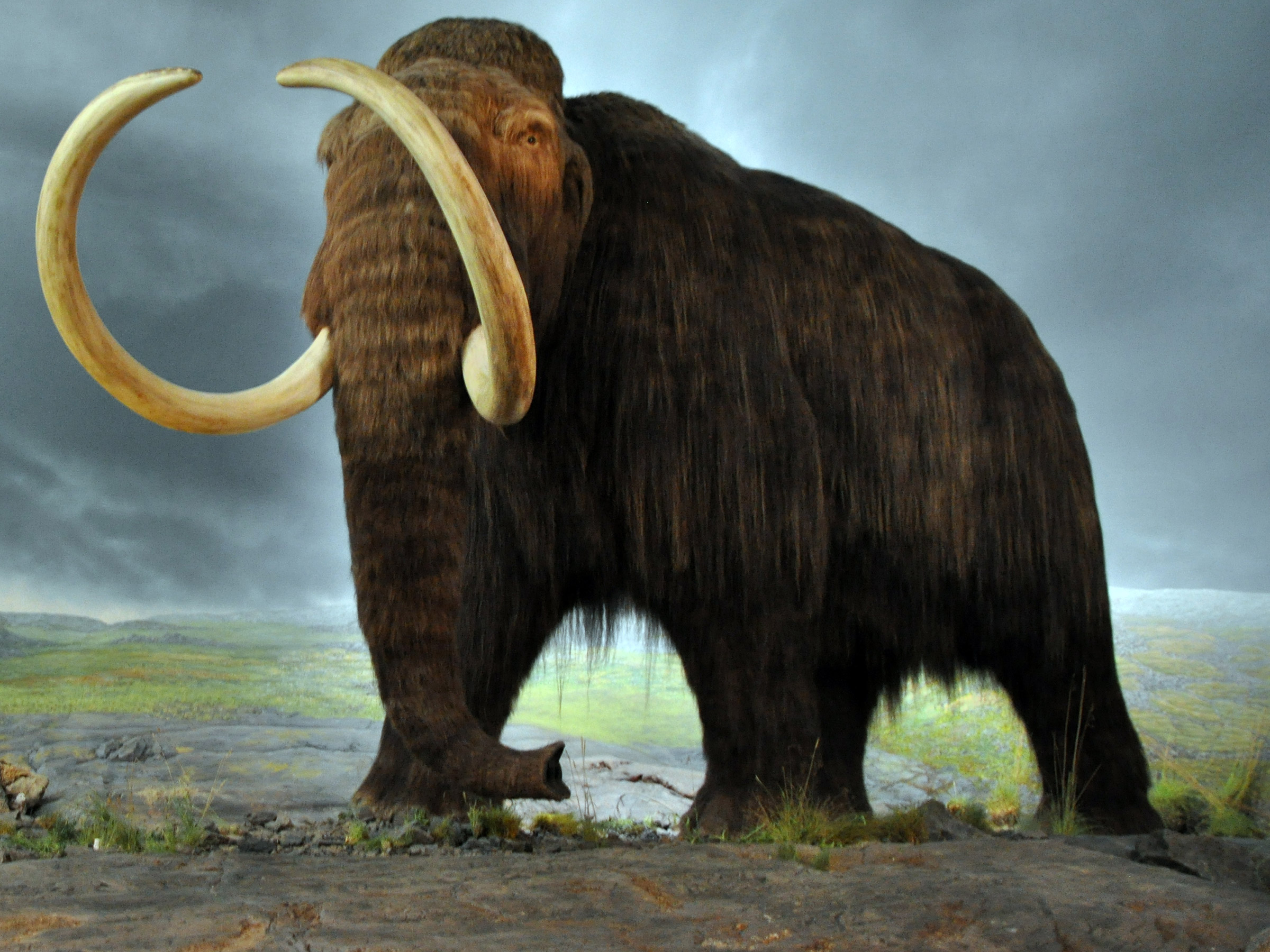
 Animalia Life
Animalia Life